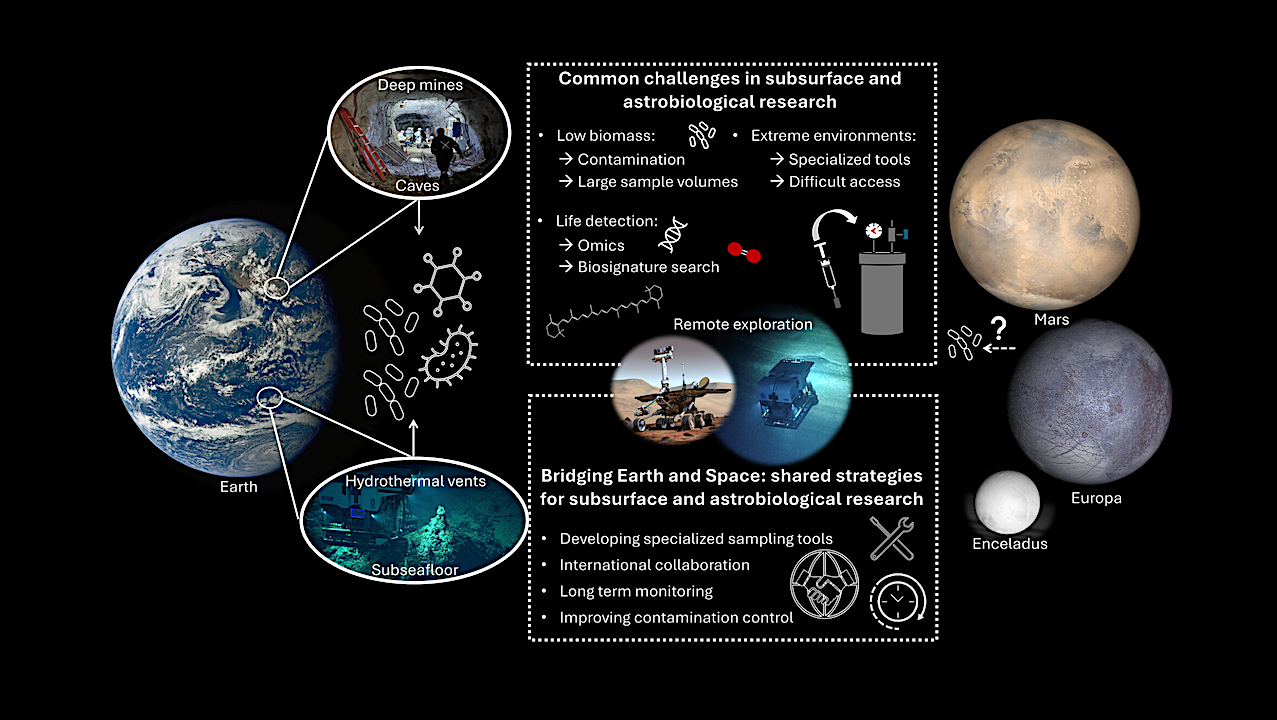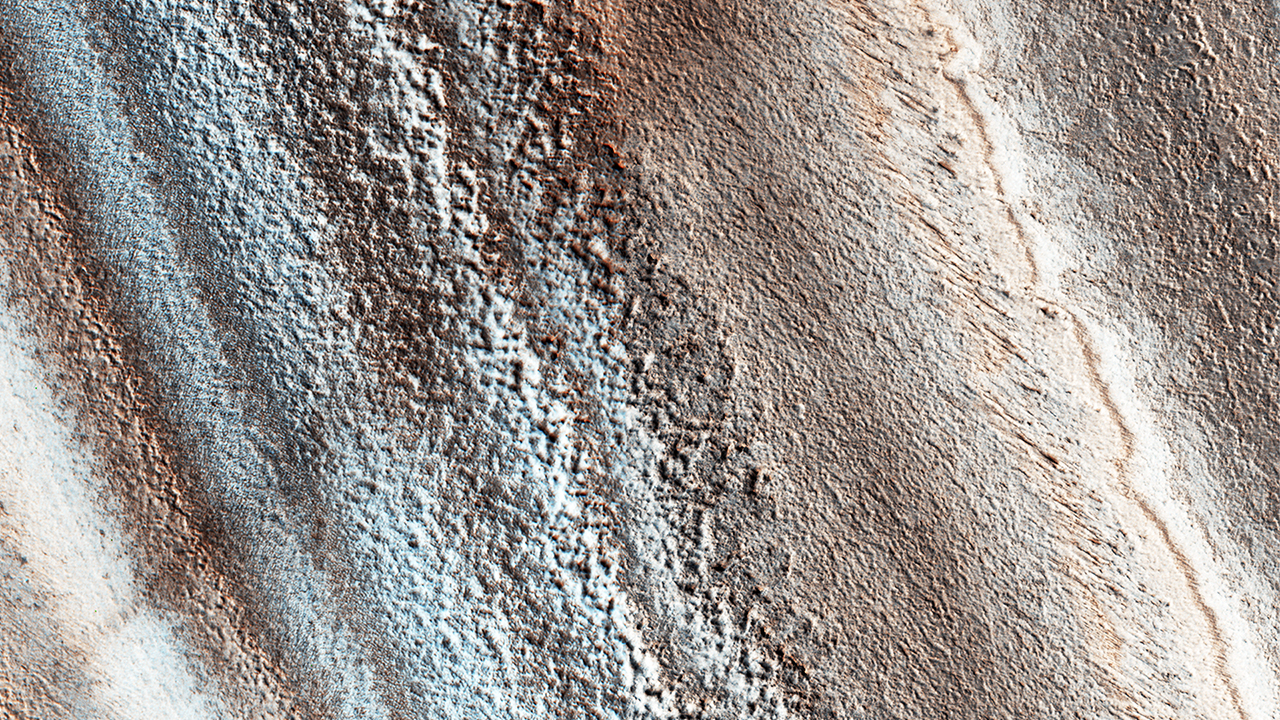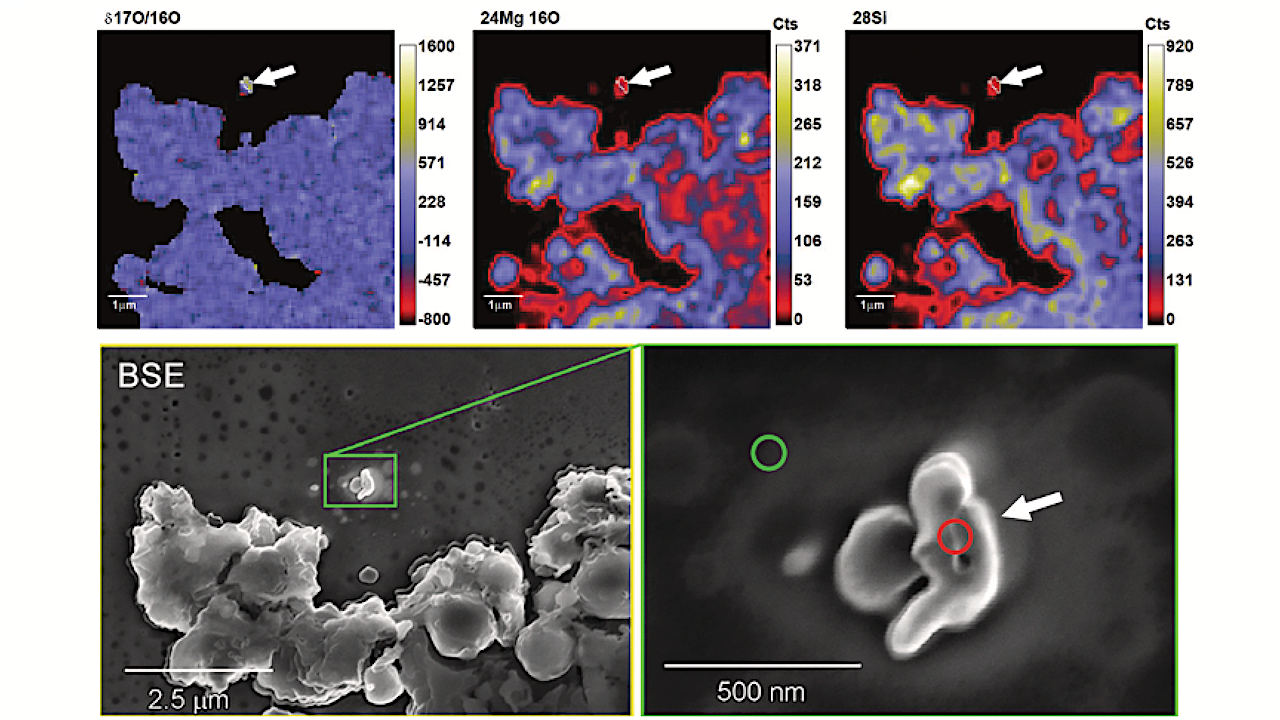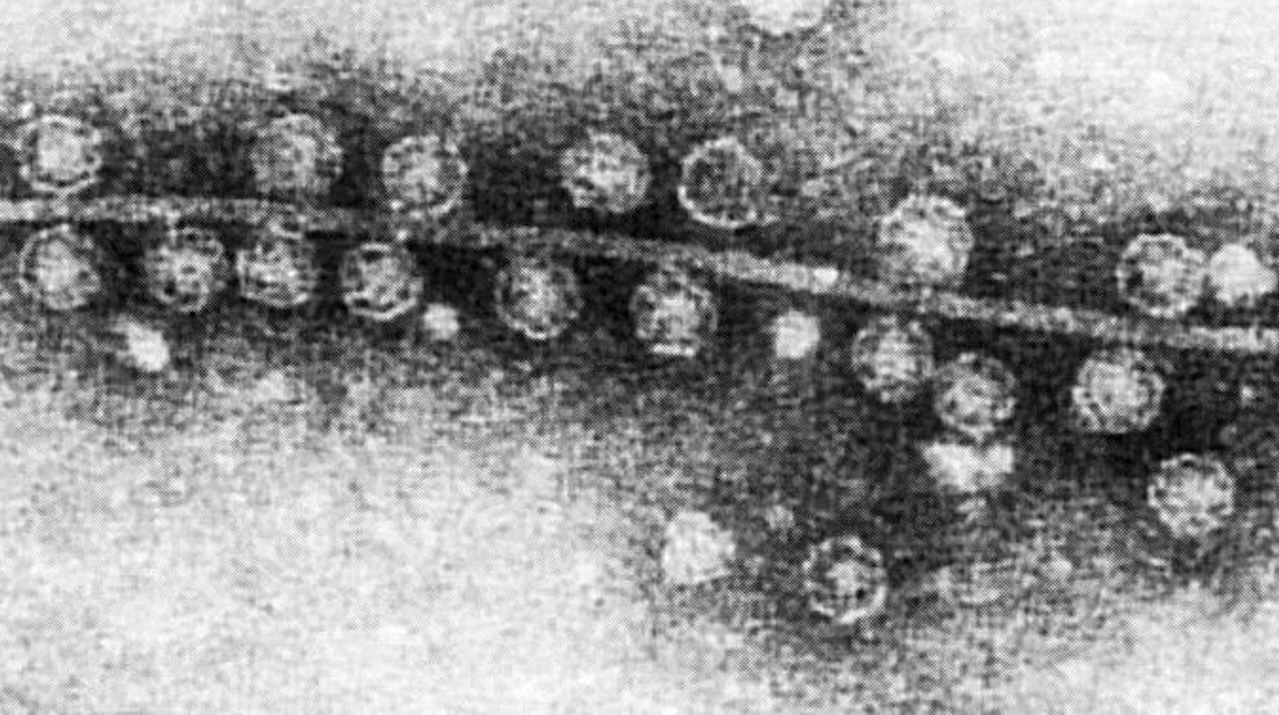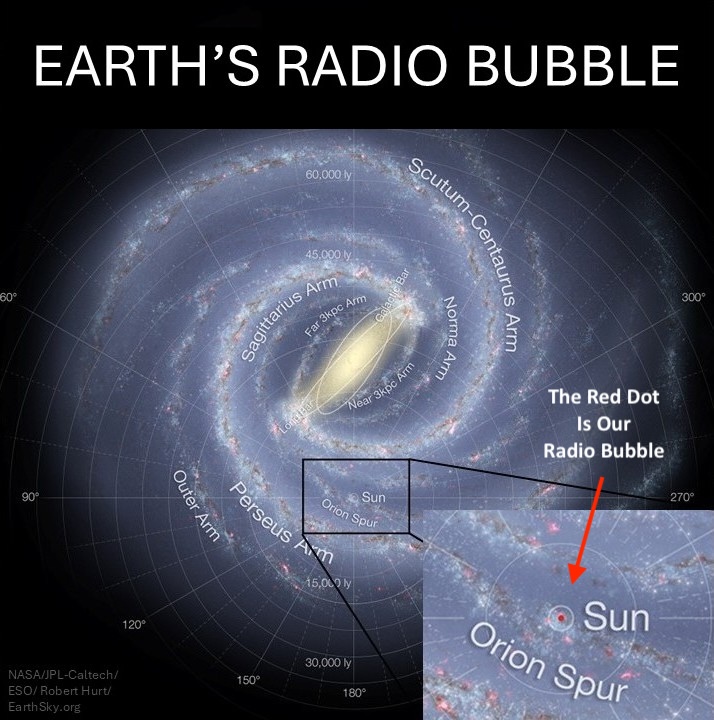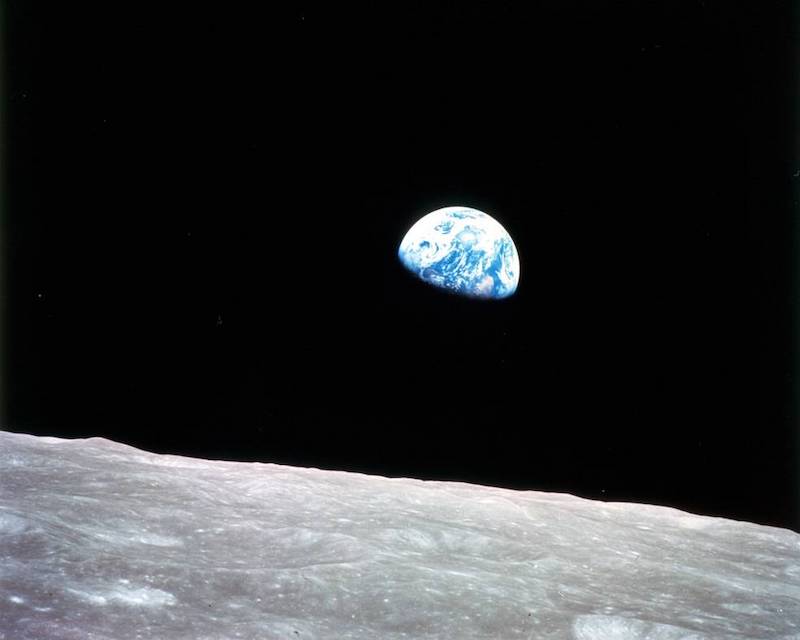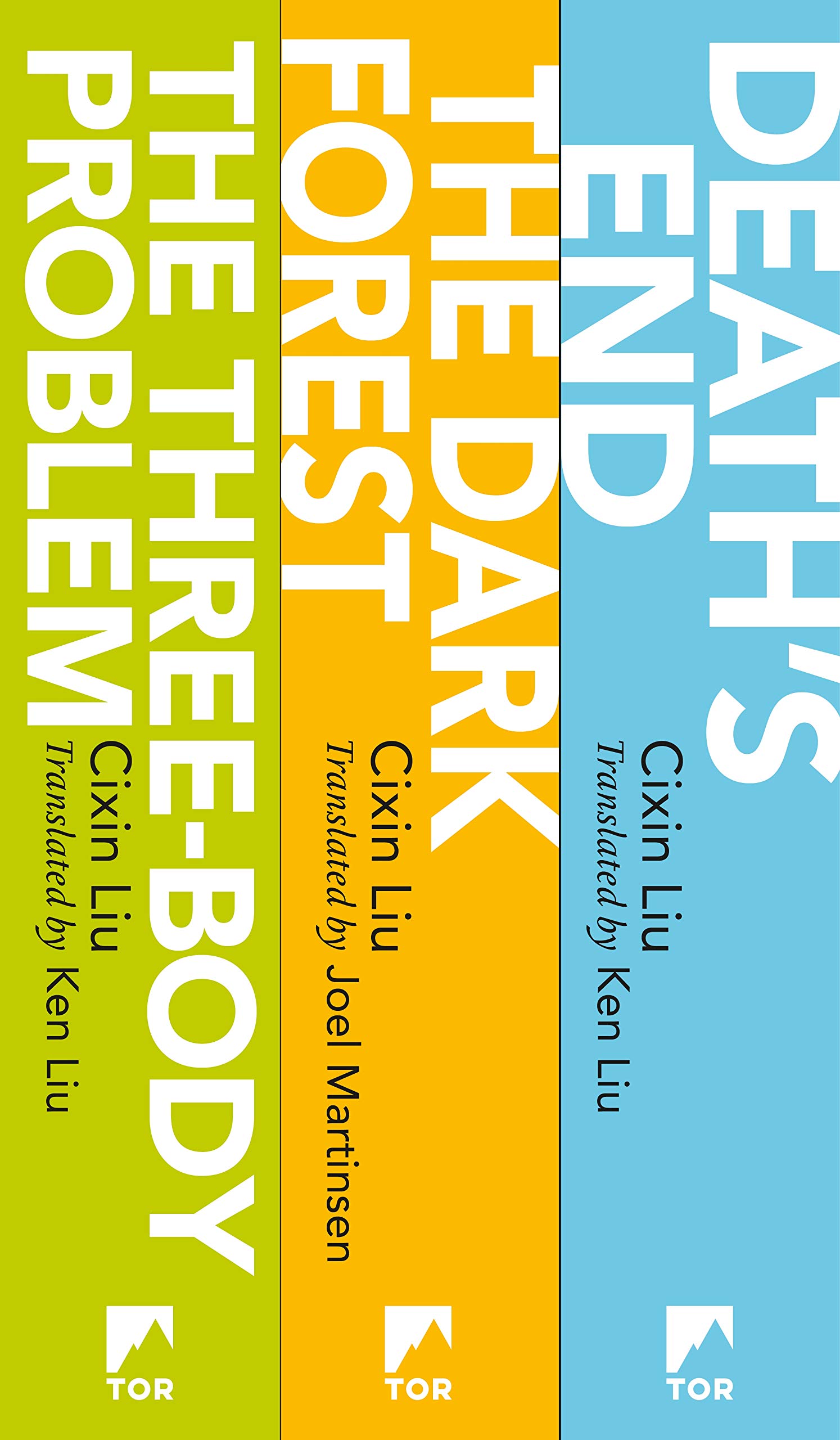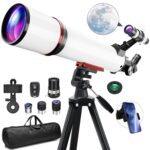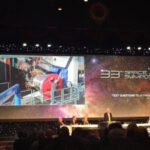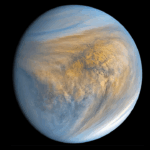Graphical Abstract — Microbial Biotechnology via PubMed The first forms of life on Earth were microbial, preceding the evolution of multicellular life by more than two billion years. Based on
SANTA FE, N.M. — South Korean launch startup Innospace said it will attempt a second launch of its small rocket in the first half of 2026 after its inaugural flight
The North Polar layered deposits are a stack of ice-rich layers, with different layers likely having varying amounts of dust. uahirise Larger image — NASA HiRISE Here, a straight-line feature
NanoSIMS ratio and ion images (top images) of a region containing a 17O-rich presolar silicate grain (arrows). The elemental maps and spectra from SEM-EDX analysis confirm the grain is a
Transmission electron micrograph of the bacteriophage Qβ attached to sex pilus of the bacterium Escherichia coli — Wikpedia Introduction Microgravity is a critical environmental factor in space that can alter
Histograms and uncertainty ellipse (red) for computed Re(k2) and Im(k2) compared with the observed uncertainty ellipse (black) for the interior models of Titan without (a) and with (b) an ocean.
This image shows how far Earth’s radio broadcasts traveled across our Milky Way galaxy. No, not the width of the black box, or “inset.” Look closer. Look inside the inset.
The iconic Earthrise image of Earth appearing over the moon’s horizon as captured by William Anders from the Apollo 8 spacecraft, taken during a live broadcast with NASA astronauts from
In the vast cosmos of science fiction literature, few works have ignited the imagination and sparked intellectual discourse quite like Cixin Liu’s “The Three-Body Problem Series.” This groundbreaking trilogy, comprising
TAMPA, Fla. — An Indian LVM3 rocket launched AST SpaceMobile’s next-generation direct-to-device BlueBird satellite Dec. 23, kicking off a rollout of dozens of spacecraft built around the largest commercial communications
-
 01From Polymerization-Enabled Folding and Assembly to Chemical Evolution: Key Processes for Emergence of Functional Polymers in the Origin of Life
01From Polymerization-Enabled Folding and Assembly to Chemical Evolution: Key Processes for Emergence of Functional Polymers in the Origin of Life -
 02Panasonic Leica Summilux DG 15mm f/1.7 ASPH review
02Panasonic Leica Summilux DG 15mm f/1.7 ASPH review -
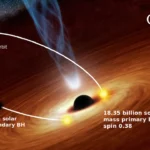 03Two Black Holes Observed Circling Each Other for the First Time
03Two Black Holes Observed Circling Each Other for the First Time -
 04How New NASA, India Earth Satellite NISAR Will See Earth
04How New NASA, India Earth Satellite NISAR Will See Earth -
 05And Thus Begins A New Year For Life On Earth
05And Thus Begins A New Year For Life On Earth -
 06Astronomy Activation Ambassadors: A New Era
06Astronomy Activation Ambassadors: A New Era -
07SpaceX launch surge helps set new global launch record in 2024


